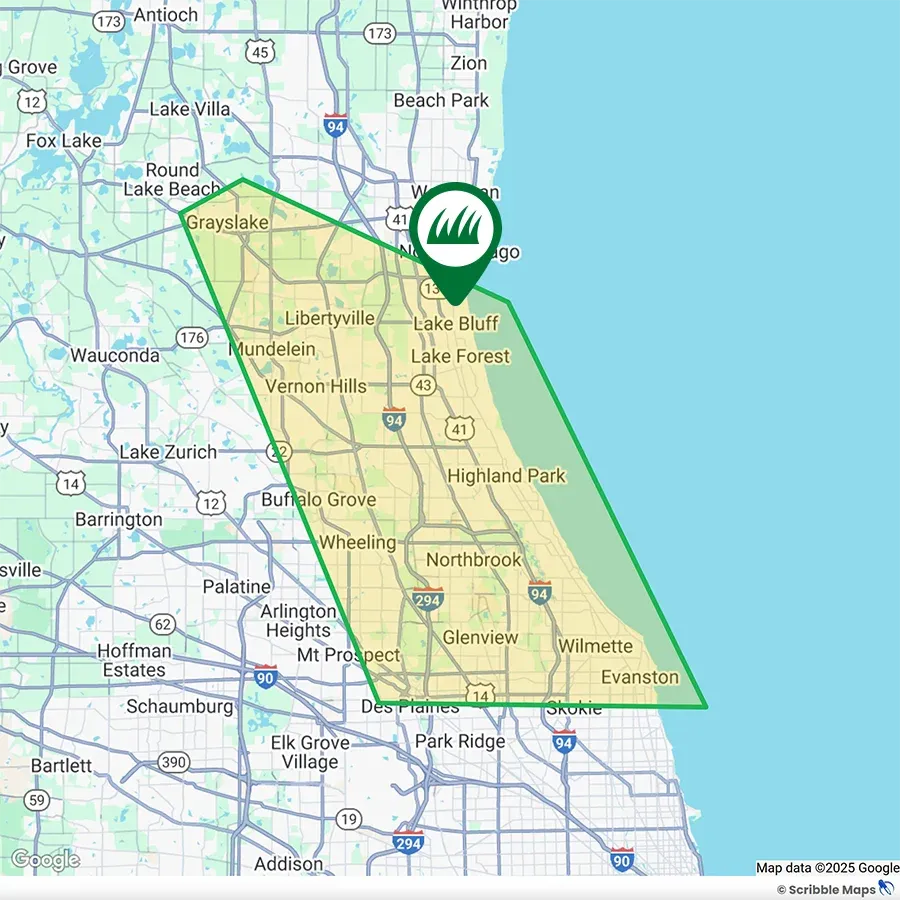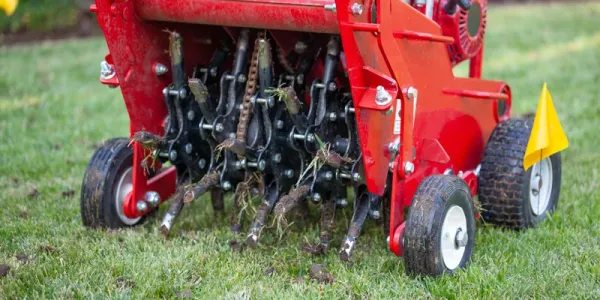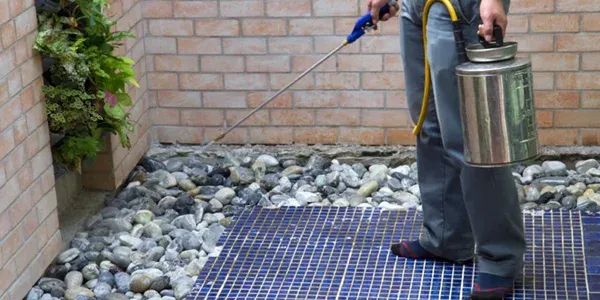Lawn Care in The North Shore
Green Concepts is a trusted lawn care provider serving the Illinois North Shore area for 33 years. As a local, family-owned business, we deliver expert turf management solutions tailored to each customer's needs. Our skilled technicians listen to your concerns and provide customized care, ensuring your yard looks its best year-round. Choose our team for reliable, professional lawn services that transform your outdoor space into an enjoyable area for everyday living.

Check Out Our Services
Don't Miss Out On Our Discounts
We believe exceptional lawn care should be accessible to everyone, which is why our team offers special coupons to help you save while keeping your lawn at its best. Our seasonal deals and discounts make it easier to enjoy top-notch service at an unbeatable value.
Organic Treatments & Outstanding Results
At Green Concepts, we take pride in offering organic lawn care treatments that prioritize the health of your family, pets, and the environment. Our chemical-free fertilization methods enrich the soil with essential nutrients while protecting nearby waterways from harmful runoff. With environmentally friendly pest and weed control solutions, we ensure your lawn thrives naturally, creating a safe and beautiful outdoor space you can enjoy year-round.

Areas We Service in Illinois
Our team proudly serves the North Shore of Illinois, providing expert lawn care to communities that value quality and professionalism. We bring over three decades of experience to every home we service. Whether you’re in need of routine maintenance or specialized care, we’re dedicated to keeping the North Shore beautiful, one lawn at a time.







